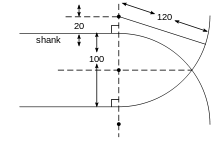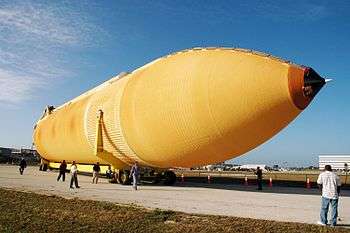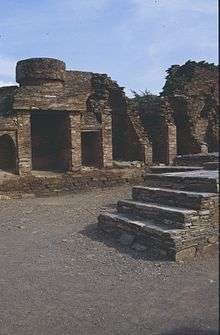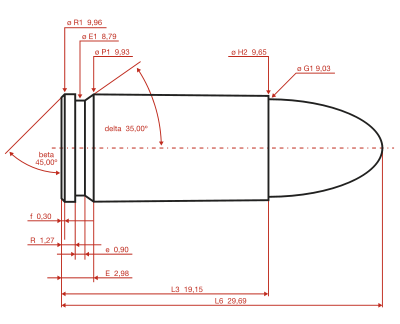Ogive


An ogive (/ˈoʊdʒaɪv/ OH-jyve) is the roundly tapered end of a two-dimensional or three-dimensional object. Ogive curves and surfaces are used in engineering, architecture and woodworking.
Etymology
The earliest use of the word ogive is found in the 13th century sketchbook of Villard de Honnecourt, from Picardy in northern France. The OED considers the French term's origin obscure; it might come from the Late Latin obviata, the feminine perfect passive participle of obviare, meaning the one who has met or encountered the other.[1]
Types and use in applied physical science and engineering
In ballistics or aerodynamics, an ogive is a pointed, curved surface mainly used to form the approximately streamlined nose of a bullet or other projectile, reducing air resistance or the drag of air.
The traditional or secant ogive is a surface of revolution of the same curve that forms a Gothic arch; that is, a circular arc, of greater radius than the diameter of the cylindrical section ("shank"), is drawn from the edge of the shank until it intercepts the axis.
If this arc is drawn so that it meets the shank at zero angle (that is, the distance of the centre of the arc from the axis, plus the radius of the shank, equals the radius of the arc), then it is called a tangent or spitzer ogive. This is a very common ogive for high velocity (supersonic) rifle bullets.
The sharpness of this ogive is expressed by the ratio of its radius to the diameter of the cylinder; a value of one half being a hemispherical dome, and larger values being progressively more pointed. Values of 4 to 10 are commonly used in rifles, with 6 being the most common.
Another common ogive for bullets is the elliptical ogive. This is a curve very similar to the spitzer ogive, except that the circular arc is replaced by an ellipse defined in such a way that it meets the axis at exactly 90°. This gives a somewhat rounded nose regardless of the sharpness ratio. An elliptical ogive is normally described in terms of the ratio of the length of the ogive to the diameter of the shank. A ratio of one half would be, once again, a hemisphere. Values close to 1 are common in practice. Elliptical ogives are mainly used in pistol bullets.
Missiles and aircraft generally have much more complex ogives, such as the von Kármán ogive.
Architecture



One of the defining characteristics of Gothic architecture is the pointed or ogival arch. Pointed arches have been used in Buddhist architecture since ancient times, The 1st century AD Buddhist complex of Takht-e-bahi prominently features many corbeled pointed arches which are shaped as lotus leaves. An ancient 4th century Buddhist brick chaytiya temple of trivikrama temple maharashtra also exhibits pointed arches. Arches of this type were used in the Near East in pre-Islamic[2] as well as Islamic architecture before they were employed structurally in medieval architecture, and are thought to have been the inspiration for their use in Sicily and France; as at Autun Cathedral, which is otherwise stylistically Romanesque.[3]
In Gothic architecture, ogives are the intersecting transverse ribs of arches which establish the surface of a Gothic vault. An ogive or ogival arch is a pointed, "Gothic" arch, drawn with compasses as outlined above, or with arcs of an ellipse as described. A very narrow, steeply pointed ogive arch is sometimes called a "lancet arch". The most common form is an equilateral arch, where the radius is the same as the width. In the later Flamboyant Gothic style, an "ogee arch", an arch with a pointed head, like S-shaped curves, became prevalent.
Glaciology
In glaciology, the term ogives refers to alternating bands of light and dark coloured ice that occur as a result of glaciers moving through an icefall.
| Wikimedia Commons has media related to Gothic arches. |
See also
| Wikimedia Commons has media related to Ogive. |
| Look up ogive in Wiktionary, the free dictionary. |
References
- ↑ "Le Trésor de la Langue Française online". 2015-06-03.
- ↑ Warren, John (1991). "Creswell's Use of the Theory of Dating by the Acuteness of the Pointed Arches in Early Muslim Architecture". Muqarnas. 8. pp. 59–65.
- ↑ Banister Fletcher, A History of Architecture on the Comparative Method.